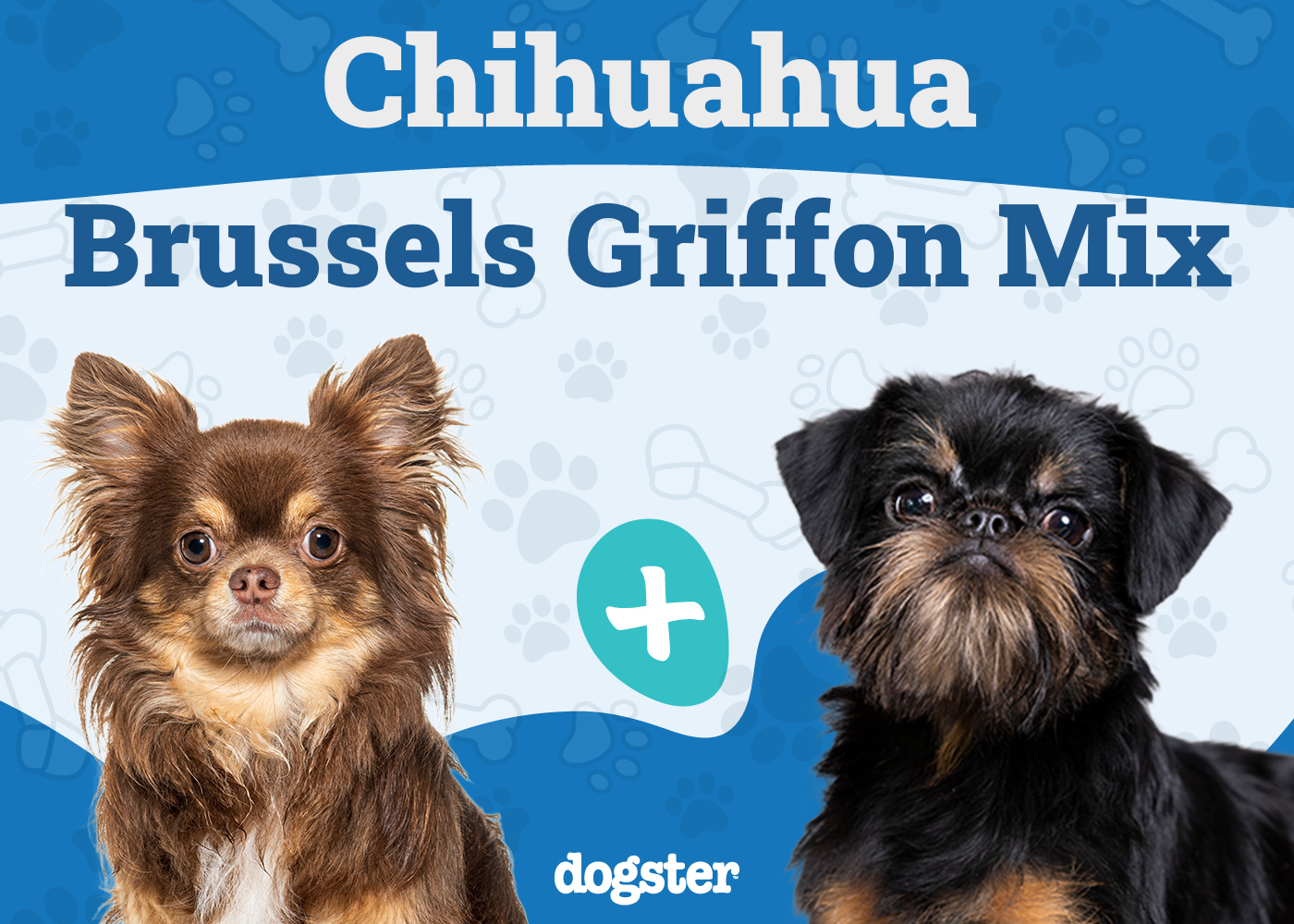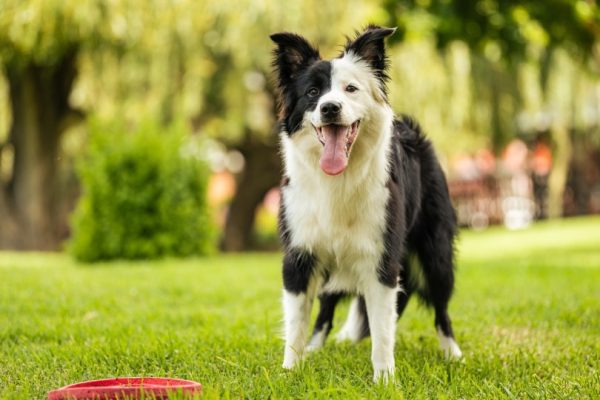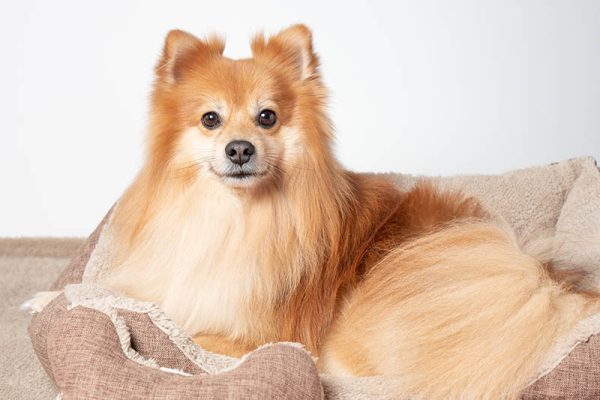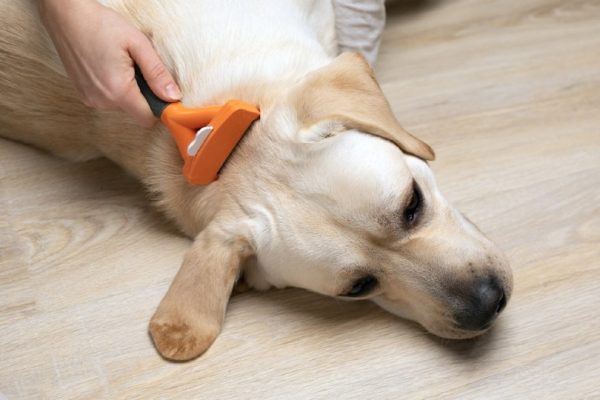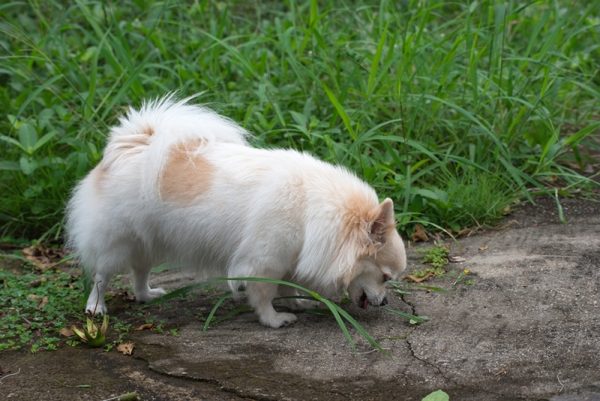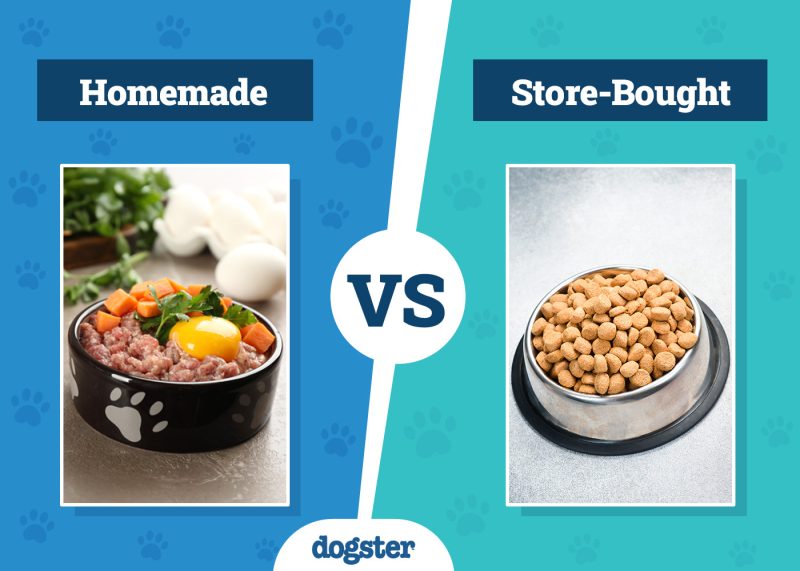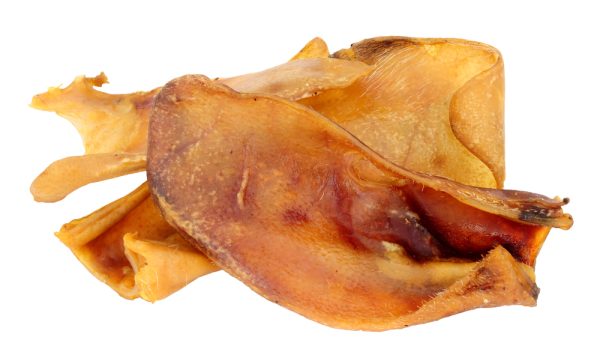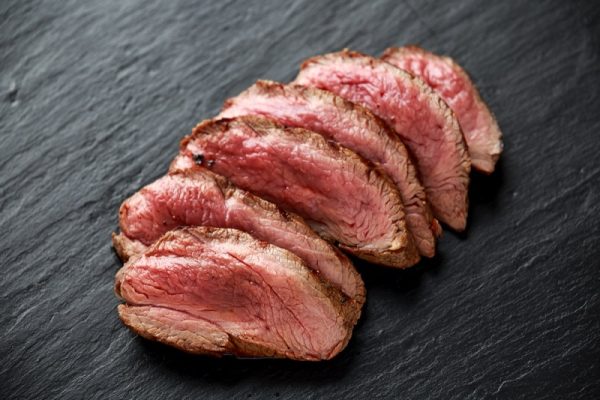In this article
View 8 More +The Chussel dog breed is a small hybrid that is related to the Chihuahua and Brussels Griffon dog. They are considered as a small toy breed and make great pets for owners who do not have the proper space for a larger-sized dog. The Chussel was first bred in the 21st century and originates from Belgium.
Breed Overview
Height:
7 – 9 inches
Weight:
6 – 12 pounds
Lifespan:
12 – 15 years
Colors:
Black, white, brown, gray, golden
Suitable for:
Active families, children, apartment dwellers
Temperament:
Loyal, loving, active, friendly, cuddly
The breed was then further developed by breeding them with the English toy spaniel, Affenpinscher, and Yorkshire terrier which gives them a unique look in comparison to other small dog breeds. The Chussel is well known for its energetic and loyal behavior. They make great lapdogs and form a strong bond with their main caregiver.
Chussel Characteristics

Chussel Puppies
Chussel puppies are primarily sold through breeders, whereas adult Chussel dogs can be found in local dog shelters. A high-quality Chussel puppy will be more expensive than pet store specimens because ethical breeders put a lot of effort into breeding high-quality Chussel puppies with specific colors and markings. It is recommended to first check if your local shelter has a Chussel puppy in their care before looking for a breeder.


Temperament & Intelligence of the Chussel
Are These Dogs Good for Families? 🧑🧑🧒
Chussels are great family dogs. They are small and generally unproblematic. They are also recommended for families that are allergic to hairier dog breeds. Chussel dogs are great with children when they have been introduced to them from a young age and they can become protective over their family. They will form a strong bond with the person who feeds them and gives them the most care. When introducing Chussels into a household of children, supervision is required for the next few days before the dog becomes comfortable with its environment.
Does This Breed Get Along With Other Pets? 🐶 😽
Chussel dogs can be territorial and over-protective. If they are not properly introduced to other pets in the household then they can become uncomfortable and continuously ward off other dogs by growling or barking. Slowly introducing the Chussel to other cats and dogs in the household is recommended. It is also quite common for them to try to protect their favorite owner from unfamiliar cats or dogs. Puppies seem to be more willing to accept other pets in the household. Avoid allowing your Chussel to have contact with pet rodents, birds, or reptiles as these dogs are natural hunters.

Things to Know When Owning a Chussel
Food & Diet Requirements 🦴
Chussels should be fed a high-quality diet rich in protein and essential minerals and vitamins. This will help promote a healthy and shiny coat and vitality. Providing them with a varied diet can also provide energy and improve their overall immunity. The Chussel breed is prone to developing stomach problems if they are over-fed or fed the wrong type of food. Their stomachs are small, and bloat can occur if they are fed a large portion of food.
It is recommended to feed Chussel dogs cooked chicken or beef, and raw salmon. Supplements like fish oil, hemp powder, and natural dog vitamin powders can be sprinkled over their main meal. A quality commercial pellet or tinned food should form the primary part of their diet. A grain-free diet is recommended to help control any potential digestion issues. They should eat two small meals a day with at least 6 hours in between the two feedings. Always consult your vet for the recommended feeding amount according to the age and size of your Chussel dog.
Exercise 🐕
This breed is hyperactive, and they love to run and search for their food. Although they can live in small apartments, they still require adequate room to run around and release pent-up energy. Young Chussels under 5 years of age are the most active when compared to adults. They also require enrichment in the form of dog toys, chews, and treats that have been hidden around the house or garden so that they can search for them. They should be walked at least once a week and require daily interaction. Hunting and searching for their food allow them to use their instincts. This will also boost their mood and keep their muscles strong. Daily exercise also helps to reduce obesity in this dog breed.
Training 🎾
Both adult and young Chussels can be trained to do basic tasks or tricks. They are highly intelligent and can be taught to sit, stay, follow, roll over, and do many other simple tricks. Training them should be done using positive reinforcement and tasty treats. It may take a few weeks or months to train your Chussel, but they will eventually associate treats and positive reassurance with the specific act and will continue to do it to please their owner. Chussels are harder to potty train, and they need a couple of weeks to adjust to a new bathroom routine. Placing puppy pads around the house can make cleaning up accidents easier.
Grooming ✂️
Chussels are considered hypo-allergenic, and they have a wiry coat that is fairly rough. They do not shed and do not lose large amounts of hair which makes them ideal dogs for people who have allergies to pet hair and dander. They will require a brush once a week and a wash with a mild dog shampoo every two months. Sometimes they will need a trim if their hair is covering their eyes or dragging on the floor.
Chussel dogs come in different colors like white, black, tan, gray, or golden. It is also common for them to have a mixture of different colors and patterns. The fur does not grow long and is described as a medium length.
Health and Conditions 🏥
If you notice that your Chussel dog is not acting like its normal self or is showing symptoms of a problem, then they should be rushed to the nearest emergency vet for a check-up and treatment. It is ideal to take your Chussel to a vet for a check-up every 3 to 6 months. This will ensure that the vet can pick up on anything abnormal and ensure that the specific condition does not become severe.
- Skin rashes
- Allergies
- Mites
- Cataracts
- Diarrhea
- Bloat
- Vomiting
- Hip dysplasia
- Arthritis
- Urinary tract infections
- Yeast infections
- Constipation
- Common colds
- Cancer
- Neurological disorders
- Seizures
- Strokes
- Paralysis
- Patellar luxation
- Heart diseases
- Prolapses
- Collapsed trachea
- Hypoglycemia
Male vs Female
There are not many differences between the two genders, but there are a few minor differences that can be picked up by careful observation. The genitals of a male Chussel if more pronounced and sticks out close to the middle of the stomach. Whereas females have a pink stomach with dark pigment patches and their genitals are below their tails. Females are typically rounder and stockier than males. Both genders have the typical features with wiry fur, a bearded chin, and a dark perky nose. They both grow and weigh the same size and come in the same color varieties.

3 Little-Known Facts About the Chussel
1. Chussel dogs are an extremely crossbred hybrid.
Chussel dogs have been mixed with so many different species of dogs and they bear nearly all the other dog species features and characteristics. These dogs are mixed with at least five different species of dogs.
2. Chussels have a long lifespan.
This breed of dog has quite a long lifespan. They can live up to 15 years of age which exceeds the natural lifespan of many other dog breeds. It is not uncommon for well-bred Chussel dogs to live till 18 years of age.
3. They’re the second smallest dog breed.
When compared to other dog breeds like the chihuahua, they come in second as the smallest dog breed. Chussels grow to a maximum of 9 inches and weigh up to 12 pounds which is slightly larger than the chihuahua dog breed.

Conclusion
The Chussel dog breed can make an excellent addition to many households. These family-orientated dogs bring happiness and liveliness to the family and are eager to impress their owners. Chussels enjoy cuddling with their human and enjoy sleeping on the same bed as their caregiver. This allows them to feel that they are part of the family and being near their owner makes them feel useful and makes it easier for them to feel like they are protecting their family. If you fancy their features and temperament, then the Chussel dog breed is right for you. Always ensure you have everything prepared before you bring the new dog home. This includes buying them food, a bed, and toys, and booking them a vet appointment to ensure that they do not have any underlying health conditions when you first get them.
We have plenty of Brussels Griffon Mixes and Chihuahua Mixes in our guide!
